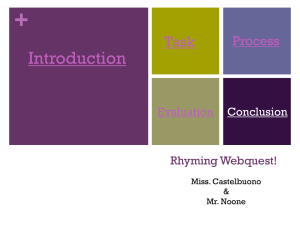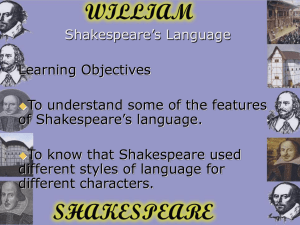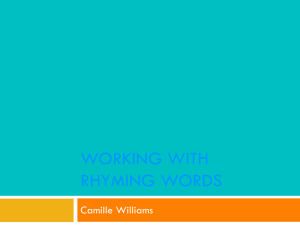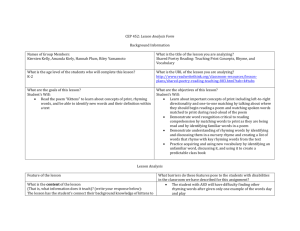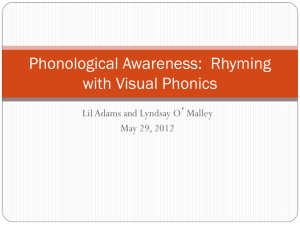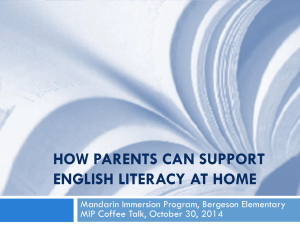Work Smarter Tiered Assignments
advertisement
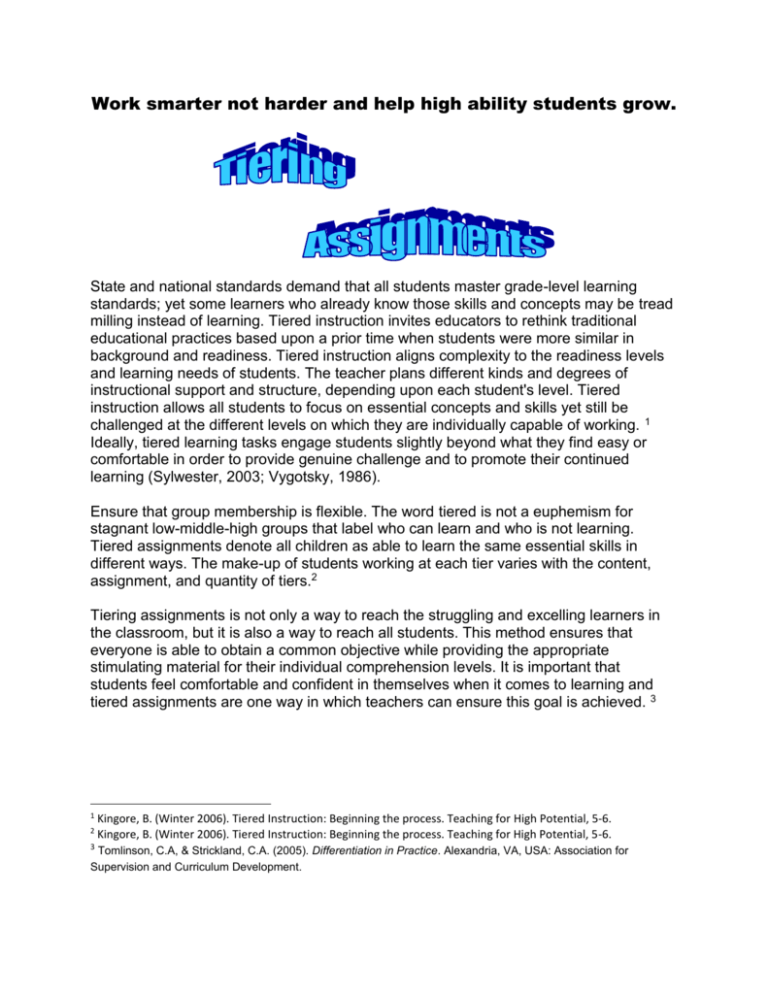
Work smarter not harder and help high ability students grow. State and national standards demand that all students master grade-level learning standards; yet some learners who already know those skills and concepts may be tread milling instead of learning. Tiered instruction invites educators to rethink traditional educational practices based upon a prior time when students were more similar in background and readiness. Tiered instruction aligns complexity to the readiness levels and learning needs of students. The teacher plans different kinds and degrees of instructional support and structure, depending upon each student's level. Tiered instruction allows all students to focus on essential concepts and skills yet still be challenged at the different levels on which they are individually capable of working. 1 Ideally, tiered learning tasks engage students slightly beyond what they find easy or comfortable in order to provide genuine challenge and to promote their continued learning (Sylwester, 2003; Vygotsky, 1986). Ensure that group membership is flexible. The word tiered is not a euphemism for stagnant low-middle-high groups that label who can learn and who is not learning. Tiered assignments denote all children as able to learn the same essential skills in different ways. The make-up of students working at each tier varies with the content, assignment, and quantity of tiers.2 Tiering assignments is not only a way to reach the struggling and excelling learners in the classroom, but it is also a way to reach all students. This method ensures that everyone is able to obtain a common objective while providing the appropriate stimulating material for their individual comprehension levels. It is important that students feel comfortable and confident in themselves when it comes to learning and tiered assignments are one way in which teachers can ensure this goal is achieved. 3 1 2 3 Kingore, B. (Winter 2006). Tiered Instruction: Beginning the process. Teaching for High Potential, 5-6. Kingore, B. (Winter 2006). Tiered Instruction: Beginning the process. Teaching for High Potential, 5-6. Tomlinson, C.A, & Strickland, C.A. (2005). Differentiation in Practice. Alexandria, VA, USA: Association for Supervision and Curriculum Development. Factors Influencing the Complexity of Tiered Learning Experiences 4 Degree of assistance and support Teacher directs instruction Teacher facilitates Small group support Individual autonomy Degree of structure Clearly defined parameters Open-ended criteria and parameters Required background knowledge and skills Minimal, basic information Grade-level information More extensive information and understanding is required Concrete or more abstract Process and product are concrete Process and product involve abstract thinking and interpretation Quantity of resources Single resource is provided Multiple and varied resources are employed Complexity of resources Grade-level resources Resources require above grade-level ability Resources are concept dense Sophisticated technology applications are required Complexity of process Pacing --Repetition and guided practice are paced at rate typical for grade level --Minimum repetition and practice allow acceleration Number and complexity of steps --Process is simple and short-term --Multiple steps and an extended period of time are required Simple to high-levels of thinking Sophisticated research skills are required Complexity of product Simple, correct answers Varied and complex responses Integration of advanced skills and concepts is required 4 Kingore, B. (Winter 2006). Tiered Instruction: Beginning the process. Teaching for High Potential, 5-6. TIERED LESSON PLAN: RHYMING WORDS5 Anchor Standard: LA/Reading: Foundational Skill: Phonological Awareness Common Core Standards: 1. Recognize and produce rhyming words. 2. Demonstrate an understanding of spoken words, syllables and sounds. Objective: Students will analyze and examine words understanding there is a recurrence of corresponding sounds at the end of words that rhyme. 5 Coil, Carolyn. Differentiated Activities & Assessments Using The Common Core Standards, Pieces of Learning, 2011. Whole Class Activities Assessment 1. Demonstrate how two or more words rhyme by looking at a series of rhyming word cards emphasizing that the rhyming part is at the ending of a word and not the beginning. Write rhyming word pairs on chart paper. All students look and listen to the teacher’s demonstration. 2. Listen to a story with rhyming words. Re-visit what makes two words rhyme. Re-read the story, and see if students can identify rhyming words just by listening. NOTES Students listen quietly to the story and participate in helping to identify rhyming words in the story. Level 1 Activities Assessment 1. Students match rhyming words using a set of rhyming word cards provided. Cards are correctly paired with their rhyming counterpart. 2. Using the rhyming word cards provided, students will write the 5 rhyming word pairs. Words are spelled correctly. Word pairs rhyme. All words are used. NOTES Level 2 Activities Assessment 1. Using an assigned word family(s), create 5 rhyming word pairs. All word pairs rhyme. Words are spelled correctly. Has 5 pairs of rhyming words. 2. Using a “cloze” sentence format, fill in rhyming words at the end of each sentence utilizing the word family(s) from Activity 1. Sentences make sense. Words are spelled correctly. Completed all sentences. NOTES Level 3 Activities Assessment 1. Identify and highlight rhyming words in an assigned poem. All rhyming words are highlighted. 2. Develop and construct a rhyming words story or poem using at least 5 rhyming word pairs. Sentences may not be the same sentences found in Activity 1. Has original poem or story that used 5 rhyming word pairs. NOTES Rhyming and “word wall” words are spelled correctly. Whole Class Culminating Activities Assessment 1. Share products from each level. Group participation. 2. Pass out rhyming word cards (one to each student) ranging from simple to more complex (i.e.: sat/fat, best/rest, bite/night). Students will walk around the room to find their rhyming match. Student pairs will share their rhyming words with the rest of the class. (Students who did level 3 activities will have more complex rhyming pairs, and students who did level 1 activities will have the simple rhyming pairs. Group participation. NOTES Found corresponding rhyming word.


